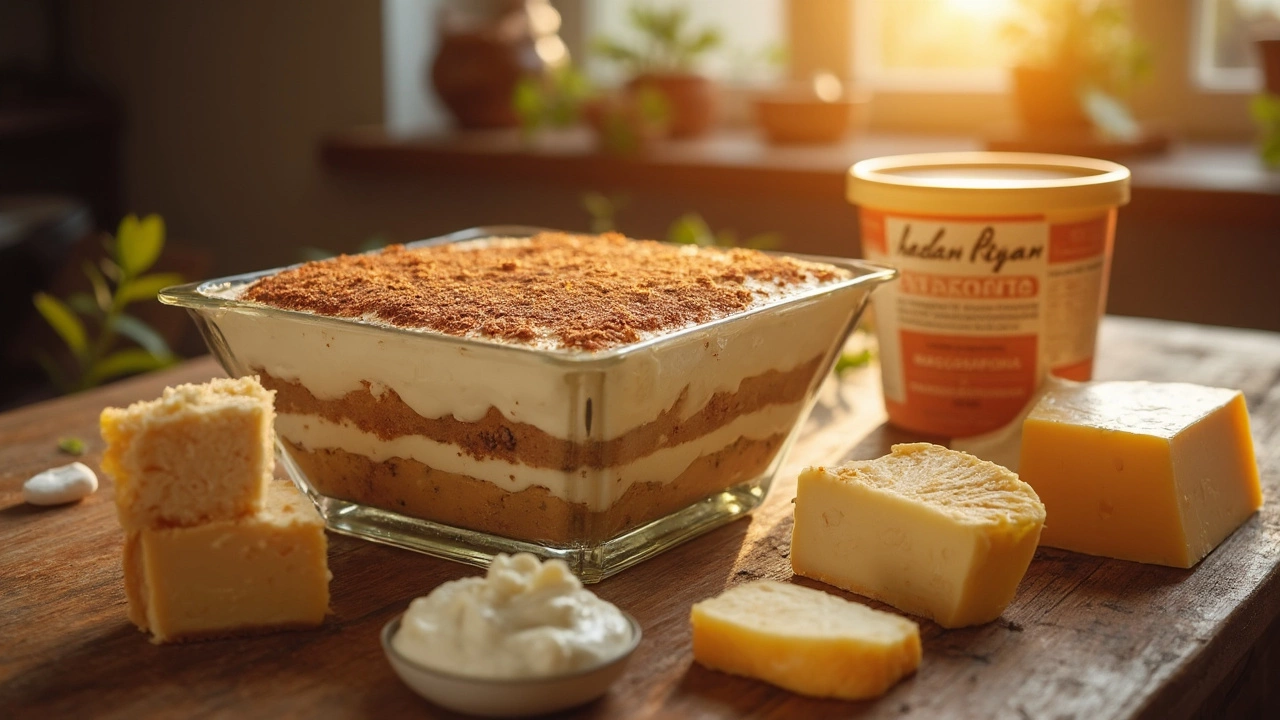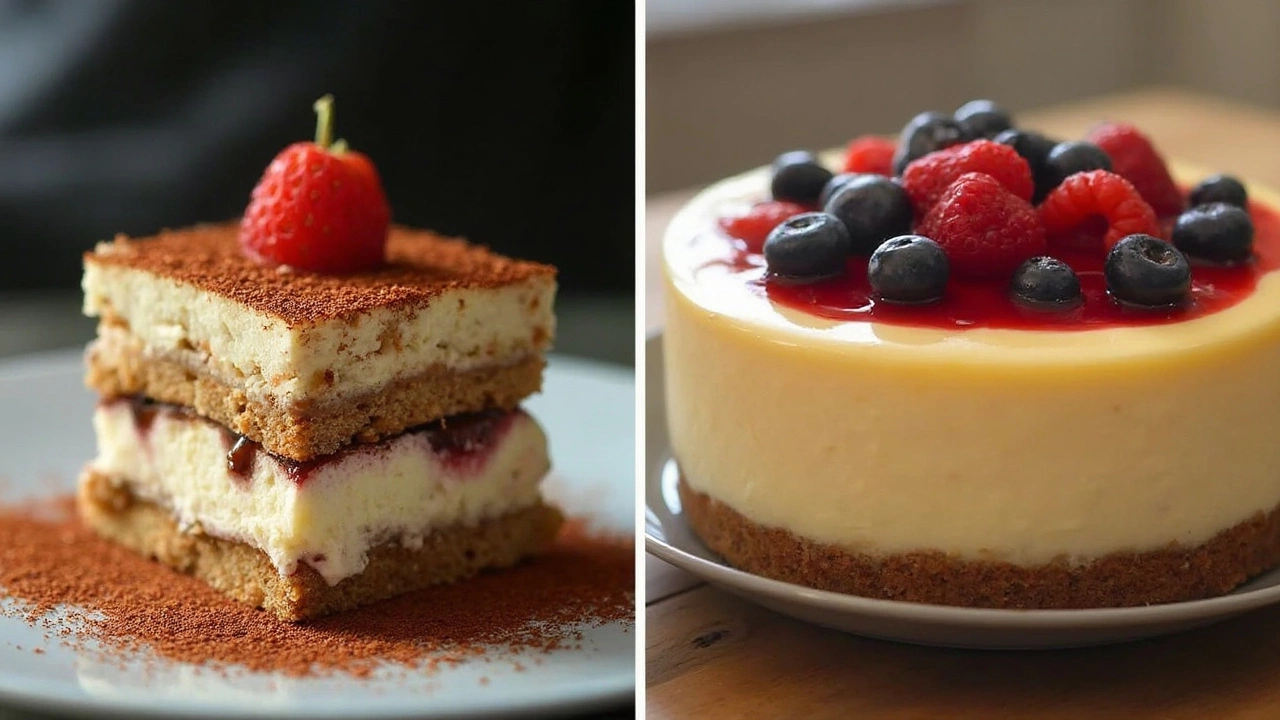Mascarpone: What It Is and Why You’ll Love It
Mascarpone is a super‑smooth Italian cheese that’s basically the secret behind many dreamy desserts. It’s made from just cream and a splash of acid, so the flavor is mild, buttery, and a little sweet. Because it’s so easy to work with, home bakers love it for everything from classic tiramisu to quick cheesecake hacks.
Storing Mascarpone the Right Way
The moment you bring a tub of mascarpone home, check the date and keep it cold. Store it in the fridge at 40°F (4°C) or lower and make sure the lid is sealed tightly. If you notice a thin layer of liquid on top, just stir it back in – that’s normal. For a longer life, you can freeze mascarpone, but it will get a bit grainier. Thaw it in the fridge overnight, give it a good stir, and it’ll be fine for sauces or baked goods.
Easy Mascarpone Recipes to Try Today
Got a craving for something creamy? Here are three no‑fuss ideas that use mascarpone in different ways.
1. Classic Tiramisu (no‑fuss version) – Layer espresso‑soaked ladyfingers with a mix of mascarpone, a little sugar, and a splash of vanilla. Top with cocoa powder and chill for a couple of hours. The result is an airy, coffee‑kissed dessert that feels fancy without the fuss.
2. One‑Bowl Cheesecake – Skip the cream cheese and swap in mascarpone for a lighter texture. Blend mascarpone with eggs, a pinch of lemon zest, and your favorite sweetener. Pour into a graham‑crack crust and bake at 325°F (160°C) for about 35 minutes. It’s smooth, tangy, and perfect for a quick celebration.
3. Mascarpone Frosting – Mix equal parts mascarpone and powdered sugar, add a splash of milk, and beat until fluffy. Spread on cupcakes, brownies, or even a slice of cake for a rich, velvety finish that’s less sweet than traditional buttercream.
These recipes prove that mascarpone isn’t just for fancy Italian desserts. It can brighten up a simple brownie (like in our "How to Tell If Brownies Are Bad" guide) or lend silkiness to an egg‑less cheesecake experiment. The key is to treat it gently – over‑mixing can make it watery, and high heat can cause it to split.
If you’re new to mascarpone, start with the frosting or the tiramisu. Both showcase its creamy texture without demanding advanced techniques. And remember, always taste as you go. A pinch of salt or a dash of citrus can lift the flavor and make the final dish pop.
So, next time you’re scanning the dairy aisle, grab a tub of mascarpone and give one of these ideas a whirl. You’ll quickly see why this humble cheese is a favorite among home bakers and pastry chefs alike.

Which Cheese Should Never Be Frozen for Tiramisu?
Not every cheese is fit for the freezer, especially when it comes to making tiramisu. This article breaks down which cheese you should avoid freezing and how freezing can impact your dessert. Get real tips to keep your tiramisu creamy and delicious every time. Plus, learn which cheeses freeze well and which turn into a mess. No more ruined desserts—only the best tiramisu results.
View More
Mascarpone vs. Cream Cheese: What's the Difference?
Wondering what sets mascarpone apart from cream cheese, especially when you're making tiramisu? Explore their distinct flavors, textures, and uses in cooking. Discover how the fat content and processing methods give each its unique traits. Plus, get tips on when to use one over the other to enhance your kitchen creations.
View More




